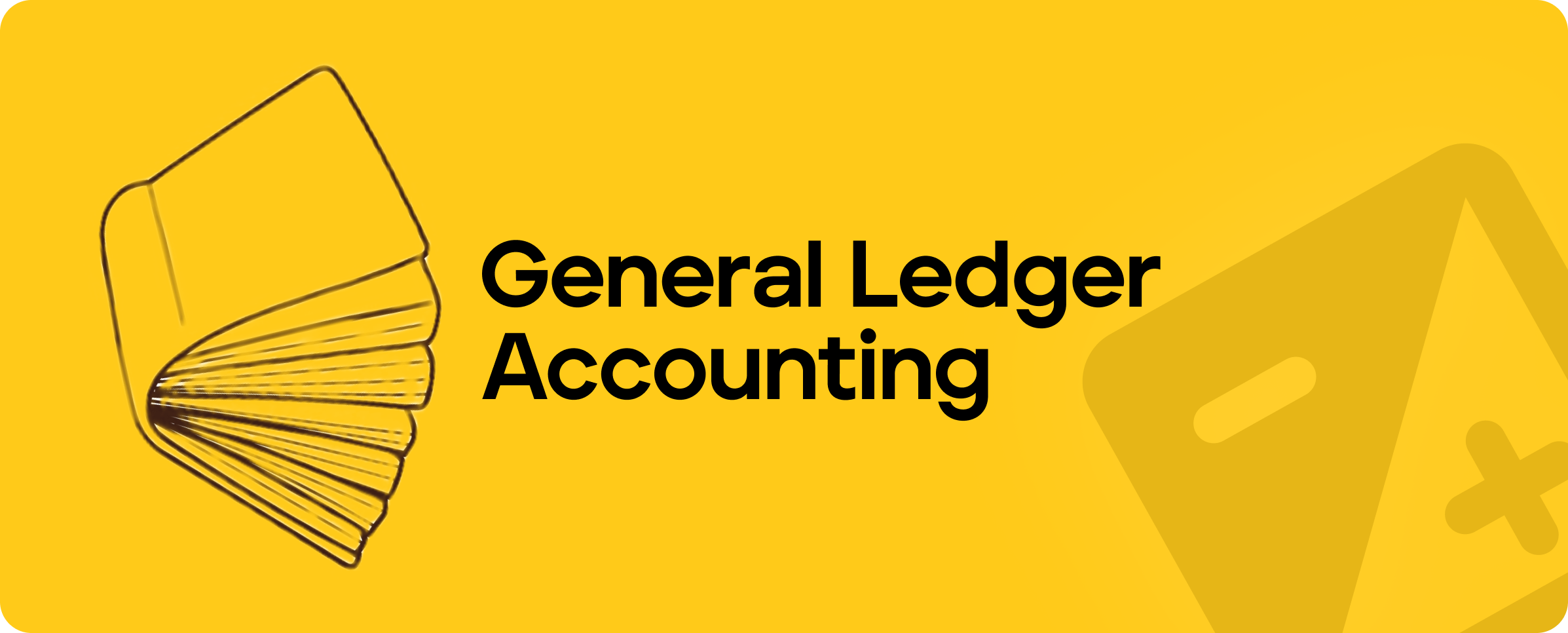Making sense of how your company is performing and whether it is heading towards success or failure rests on good General Ledger Accounting. The good news is that with the acceleration of the digital economy and maintaining the perfect ledger is easier than ever.
Tracking what comes in and goes out is a fundamental basic requirement for every company. Before computers, the only way to keep track was to maintain a physical book – a ‘general ledger’ that details revenues, payments made, credits, assets, and expenses. General Ledger Accounting was always the starting point for understanding profit and loss and being able to create financial reports.
Then came the computer, Excel spreadsheets, and data entry software systems that made it easier to register, share and store ledger files. Now, with the emergence of AI-driven and analytics-enabled end-to-end procurement platforms, the game has changed again. What hasn’t changed, however, is the fundamental need for business owners, procurement professionals, and accountants to understand the different types of General Ledger Accounting and how they benefit the business.
Different types of general ledger and how they benefit the business.

• Double entry:
The gold standard and most important form of the ledger is ‘double-entry bookkeeping or ‘double-entry accounting. The system has two equal and corresponding sides, known as debit and credit. A transaction in double-entry bookkeeping always affects at least two accounts, always includes at least one debit and one credit, and always has total debits and total credits that are equal. There are many benefits to this.
Not only does double-entry bookkeeping ensure that the correct information regarding income and losses is provided, but it can help in the detection of financial errors and fraud. For example, if a business takes out a bank loan for $10,000, recording the transaction would require a debit of $10,000 to an asset account called ‘Cash’, as well as a credit of $10,000 to a liability account called ‘Notes Payable’.
As important as double-entry bookkeeping is, the process can be time-consuming because entries have to be entered and verified twice. It can also be difficult to locate errors if the information has been entered incorrectly.


